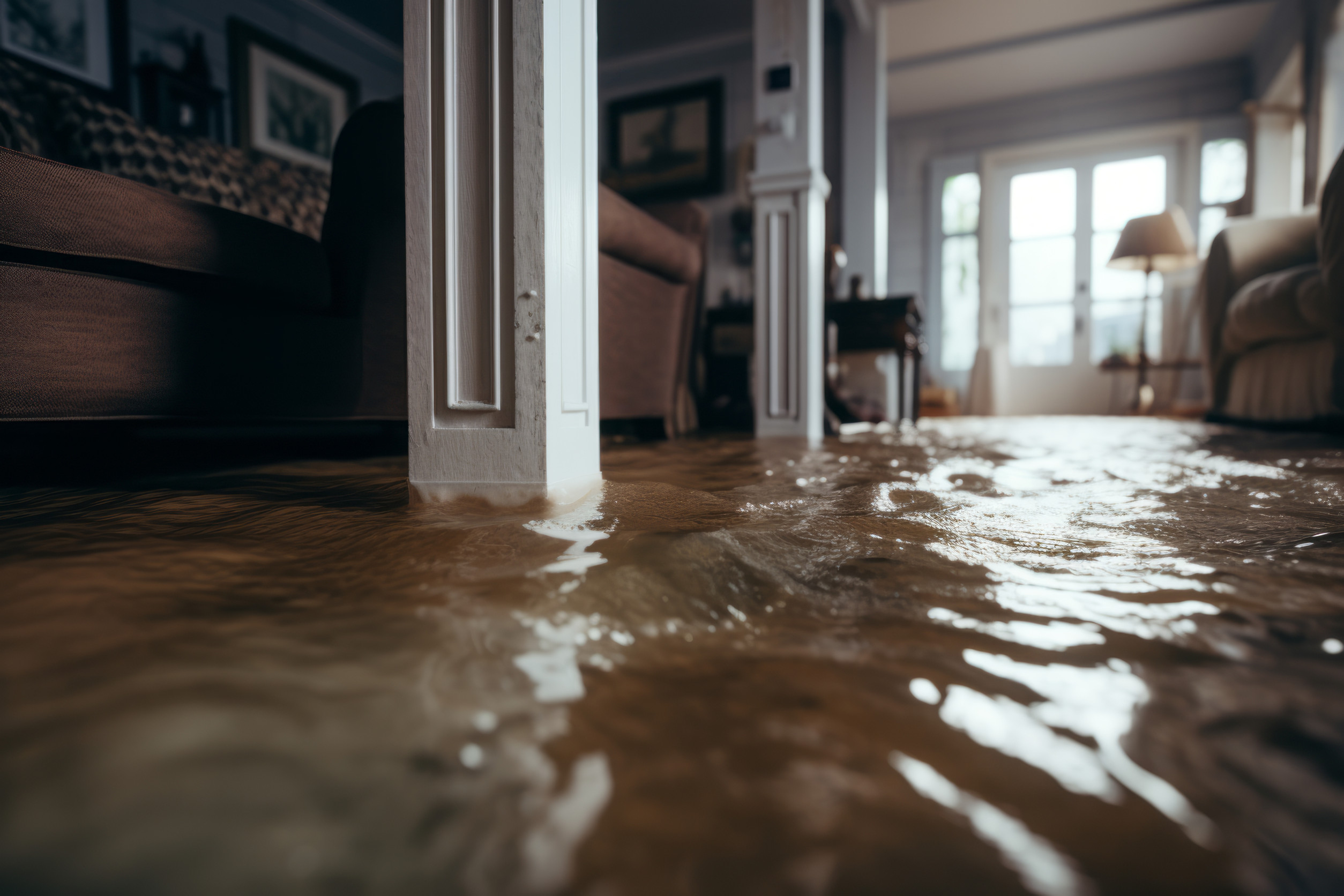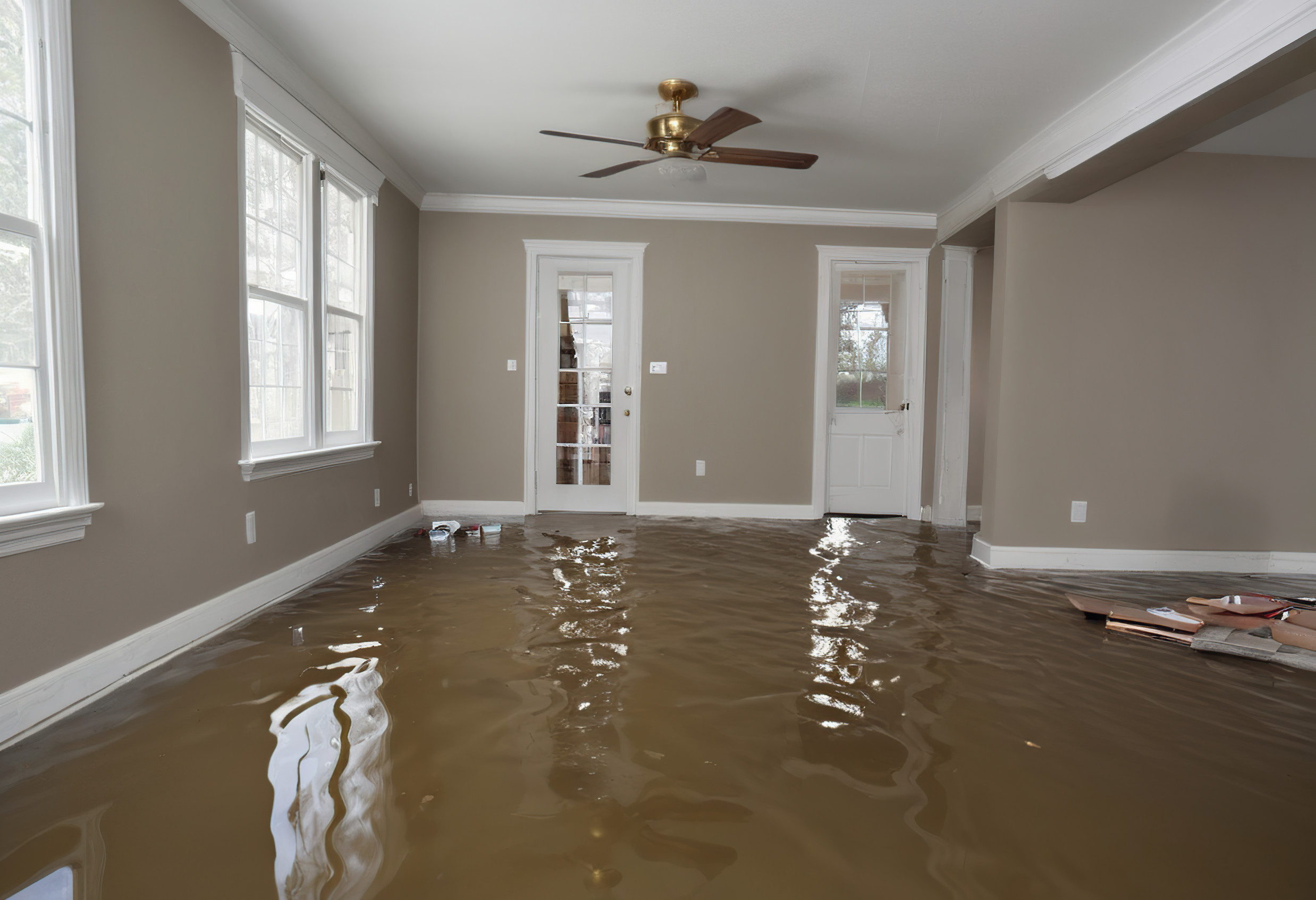
Selling a house is hard enough without potential buyers walking through the door and wondering if the living room once doubled as a swimming pool. Flooding is one of those red-flag fears that instantly lowers excitement and raises suspicion. Even if the home has never seen more than a spilled glass of water, certain clues can make buyers assume the worst.
The tricky part is that many of these signs don’t scream “flood” outright but instead whisper it into the back of a buyer’s mind. Once that doubt creeps in, it’s tough to shake, and it can make or break a sale.
1. Lingering Musty or Damp Odors
Nothing kills a first impression faster than a smell that makes buyers wrinkle their noses. A damp, earthy odor often feels like a calling card for past water damage, whether real or imagined. Even if the culprit is simply poor ventilation or an unused basement, buyers rarely separate the smell from the idea of flooding. Scent is powerful—it doesn’t just trigger memories but also suspicions, and in real estate, suspicions can spread like wildfire. A fresh, neutral scent helps shut down that assumption before it takes root.
2. Stains or Discoloration on Walls and Ceilings
Discoloration is the visual equivalent of a siren blaring “water damage here.” Even a faint yellow ring around a ceiling light fixture makes buyers wonder if a roof leak or flood once struck. Paint that looks patched over or inconsistent in color can trigger the same concern, especially if it’s only in one area. Buyers tend to think, “What’s behind that paint?” which is never a good question to spark mid-tour. The smallest stain can snowball into an assumption of soaked carpets, damaged drywall, and costly repairs.
3. Warped or Buckled Flooring
Floors that don’t sit flat make people uneasy in more ways than one. Warping, cupping, or gaps between boards instantly suggest water intrusion to most buyers. Even if the floor was damaged by humidity or just poor installation, the optics scream flood. Since flooring is a big-ticket item, buyers often exaggerate the potential cost in their heads. Smooth, even surfaces reassure buyers that water has never had the upper hand inside the house.
4. Rust on Metal Fixtures or HVAC Units
Rust never rests, and in the eyes of buyers, it’s a clear sign that water lingered where it didn’t belong. A rusty HVAC unit in the basement practically waves a red flag, shouting “This place got wet!” even if it didn’t. Metal door frames, windowsills, or electrical boxes with rust stains tell the same story. Buyers don’t stop to consider other reasons like age or condensation—they simply picture floodwaters rising. Clean, rust-free metal helps keep imaginations calm and confidence intact.
5. Efflorescence or Crumbling on Basement Walls
White chalky deposits on masonry may be harmless mineral residue, but to a buyer, they can scream “water problem.” Add in crumbling mortar or flaking paint, and the suspicion intensifies. Basements are already the most flood-feared part of any house, so even minor cosmetic issues get magnified. Buyers often assume if they see moisture signs once, it must be an ongoing problem. A dry, solid, well-maintained basement reassures them that the foundation hasn’t been tested by rising water.
6. Doors and Windows That Stick
When doors don’t close smoothly or windows jam halfway, buyers rarely think “normal settling.” Instead, they suspect that swelling wood from excess moisture is the hidden cause. Sticking entryways often feel like proof that water once soaked the frames or warped the surrounding structure. Even if it’s just humidity or age, the perception lingers. Smoothly functioning doors and windows project confidence that no floodwater has ever pushed its way inside.

7. Oddly New Materials in an Otherwise Old Space
Buyers love updates, but inconsistent upgrades raise eyebrows. A basement with brand-new drywall or flooring while the rest of the house feels decades old suggests a hidden fix. Buyers often jump straight to “water damage” as the reason for the sudden partial renovation. Even if the change was purely cosmetic, the contrast tells a suspicious story. Blending updates with the overall character of the home helps keep assumptions in check.
The Power of Perception
Homes don’t need to flood to raise red flags; all it takes is a handful of subtle cues that fuel a buyer’s imagination. Small details like odors, stains, or sticky windows can snowball into the assumption of hidden water damage. Since perception is everything in real estate, addressing these triggers before listing is essential. A home that feels dry, solid, and consistent reassures buyers and keeps their confidence high.
What are your thoughts on these subtle signals—have you ever toured a house that gave you “flood vibes” even without proof? Share your take in the comments!
Read More
10 DIY Fixes That Quietly Void Homeowners Insurance
6 State Rules That Can Void Your Insurance After a Natural Disaster
The post 7 Things That Make Buyers Assume a Home Was Recently Flooded appeared first on Everybody Loves Your Money.







